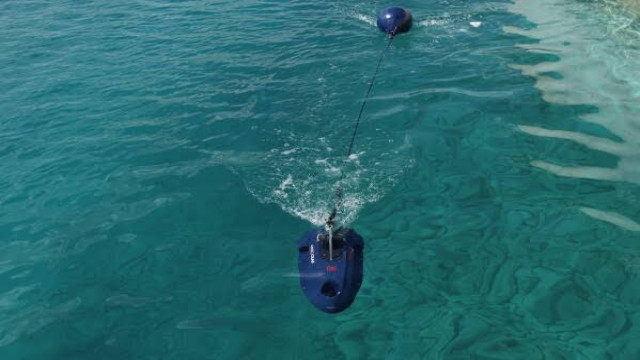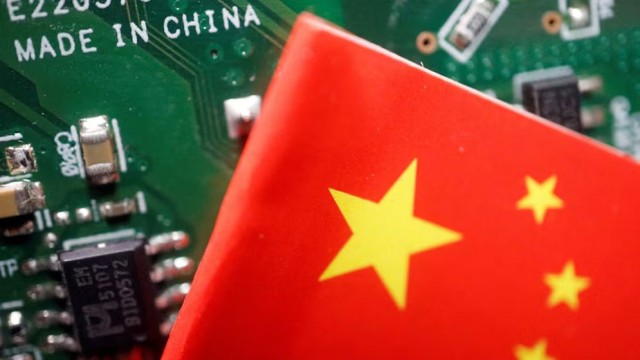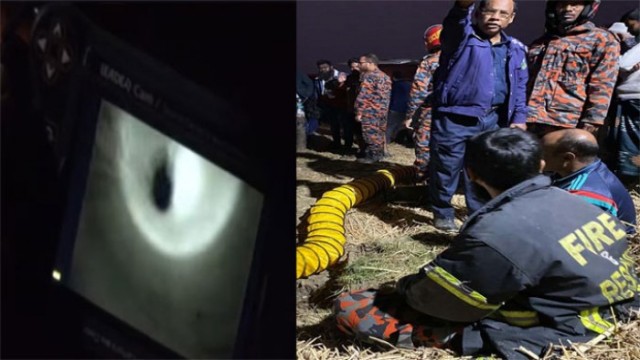Feb 25 (V7N) - A swarm of submersibles will be deployed to monitor and collect data on artificial reefs in Cyprus designed to attract marine life to otherwise barren areas of the sea, officials announced on Monday. These autonomous underwater vehicles (AUVs) will be equipped with sensors and high-definition cameras to provide clear insights on the effectiveness of the reefs, which are created using 3D printing technology.
The artificial reefs, made of environmentally friendly cement, will be installed with docking stations where the AUVs can recharge and transmit collected data, including video footage. According to Zakarias Siokouros, CEO of the Cyprus Marine and Maritime Institute (CMMI), the AUVs will offer continuous data collection for up to a month underwater while also protecting the reefs. The AUVs will alert scientists to any disturbances, such as illegal fishing or boat encroachment, allowing for timely intervention by local authorities.
The pilot project, named EONIOS, is underway off the Ayia Napa marina in Cyprus. Future plans include placing these artificial reefs off the southern coastal town of Limassol at a depth of 20 meters (66 feet), where sunlight can still penetrate the seabed. Siokouros explained that the reefs are designed to create a suitable environment for fish, particularly in areas where there is a lack of food for marine life.
EONIOS is a collaborative effort between CMMI, AUV manufacturer Arkeocean (France), Cypriot tech company SignalGeneriX, and French consultancy Lanego. The project aims to expand globally, offering the technology to other countries interested in enhancing their fish stocks through artificial reefs.
A key advantage of using AUVs is the cost-effectiveness compared to tethered submersibles, said Tamara Brizard of Arkeocean. "Six of our mini-drones can perform the same work for the price of one conventional drone," she added. These AUVs, capable of carrying up to 5 kilograms (11 pounds) of sensors, can operate at depths of up to 300 meters (984 feet), with newer models designed to reach depths of up to 3,000 meters (9,842 feet).
AUVs are equipped with stealthy battery-powered thrusters, making them nearly undetectable and highly useful for surveillance in restricted waters. They can also collect seismic data for offshore oil, gas exploration, and assist in identifying suitable locations for offshore wind and solar farms. The AUVs can communicate globally through an Iridium satellite antenna and utilize undersea currents to extend battery life.
This breakthrough in autonomous underwater technology is expected to have far-reaching applications across various sectors, including marine conservation, defense, and energy exploration.
END/WD/RH/































Comment: